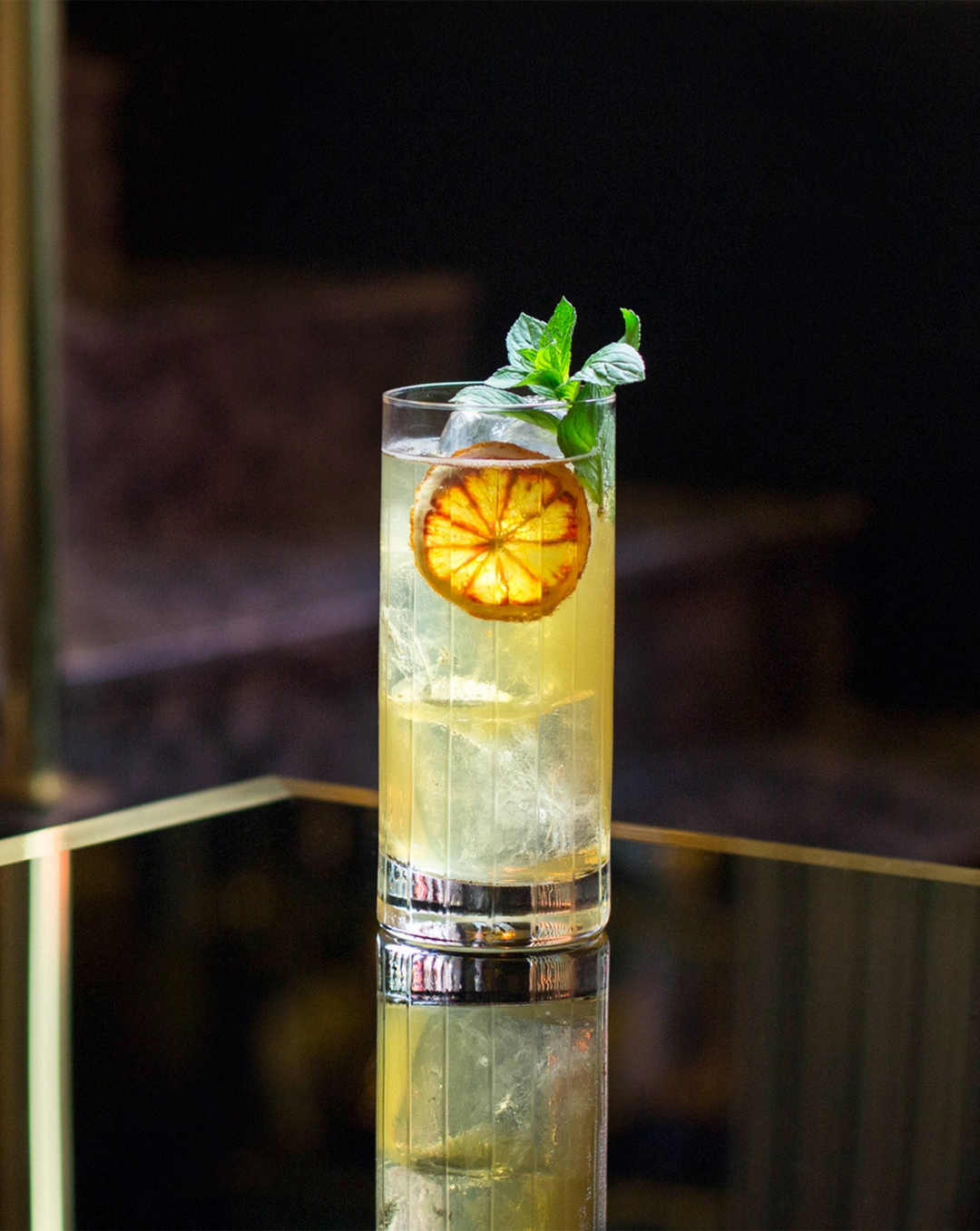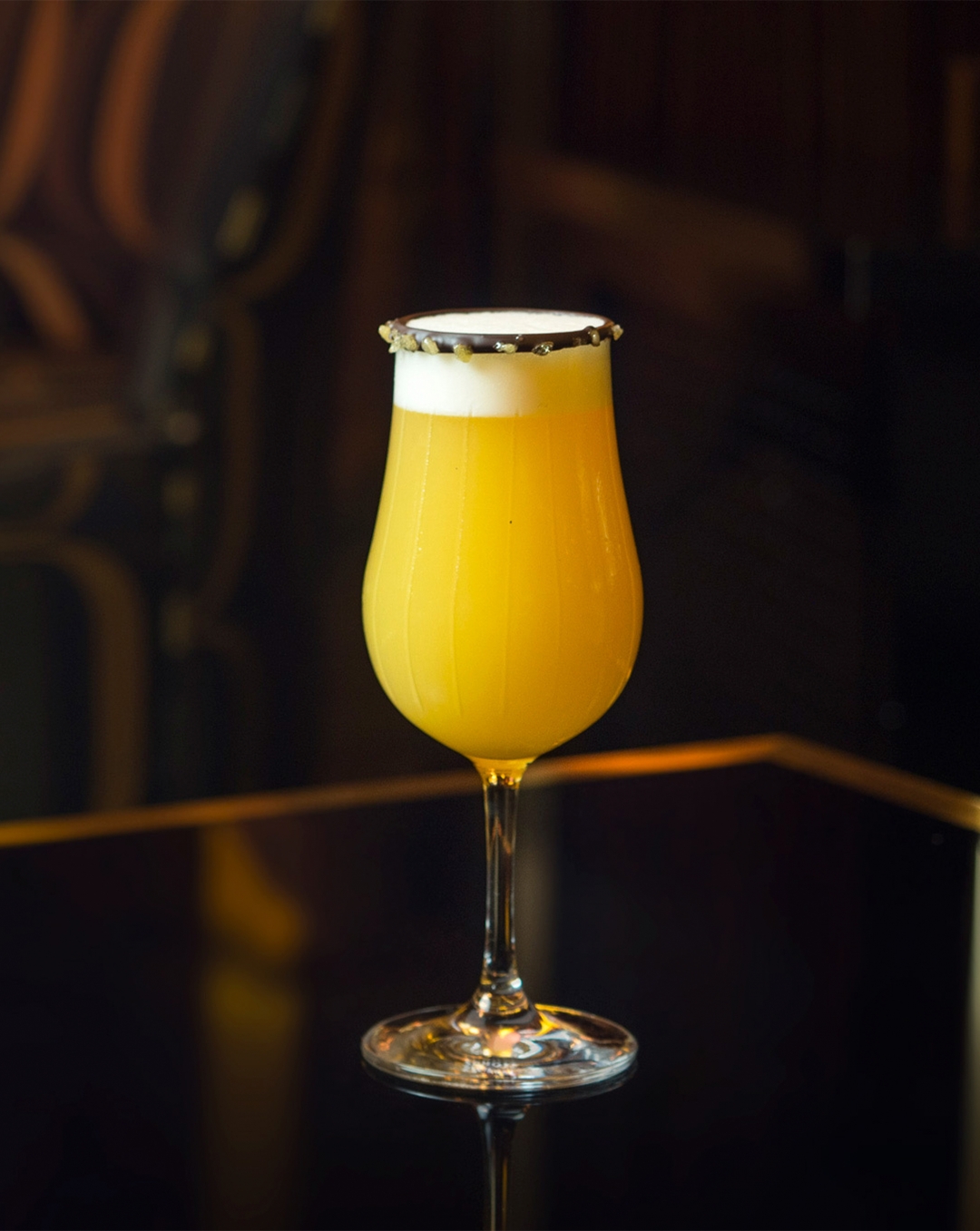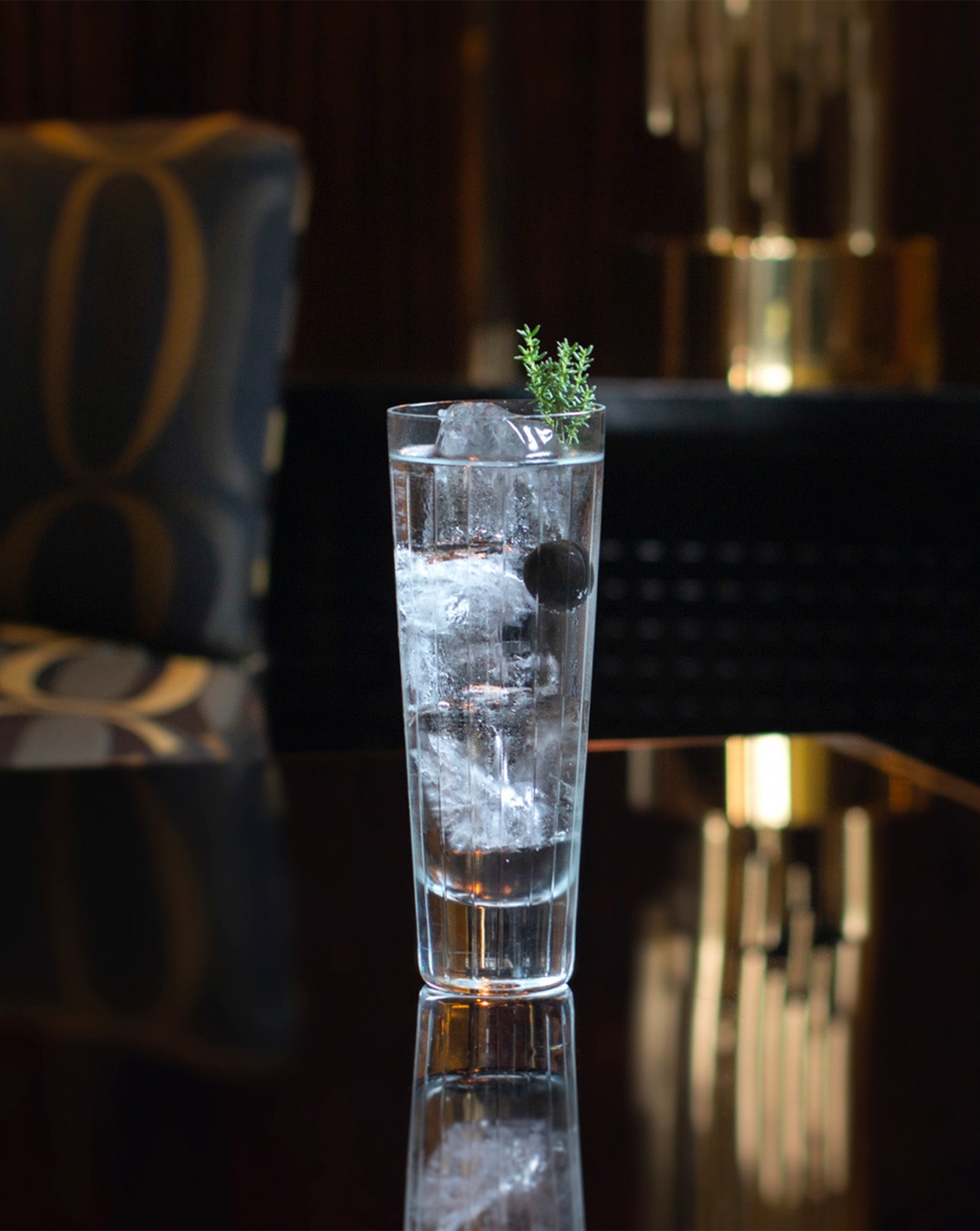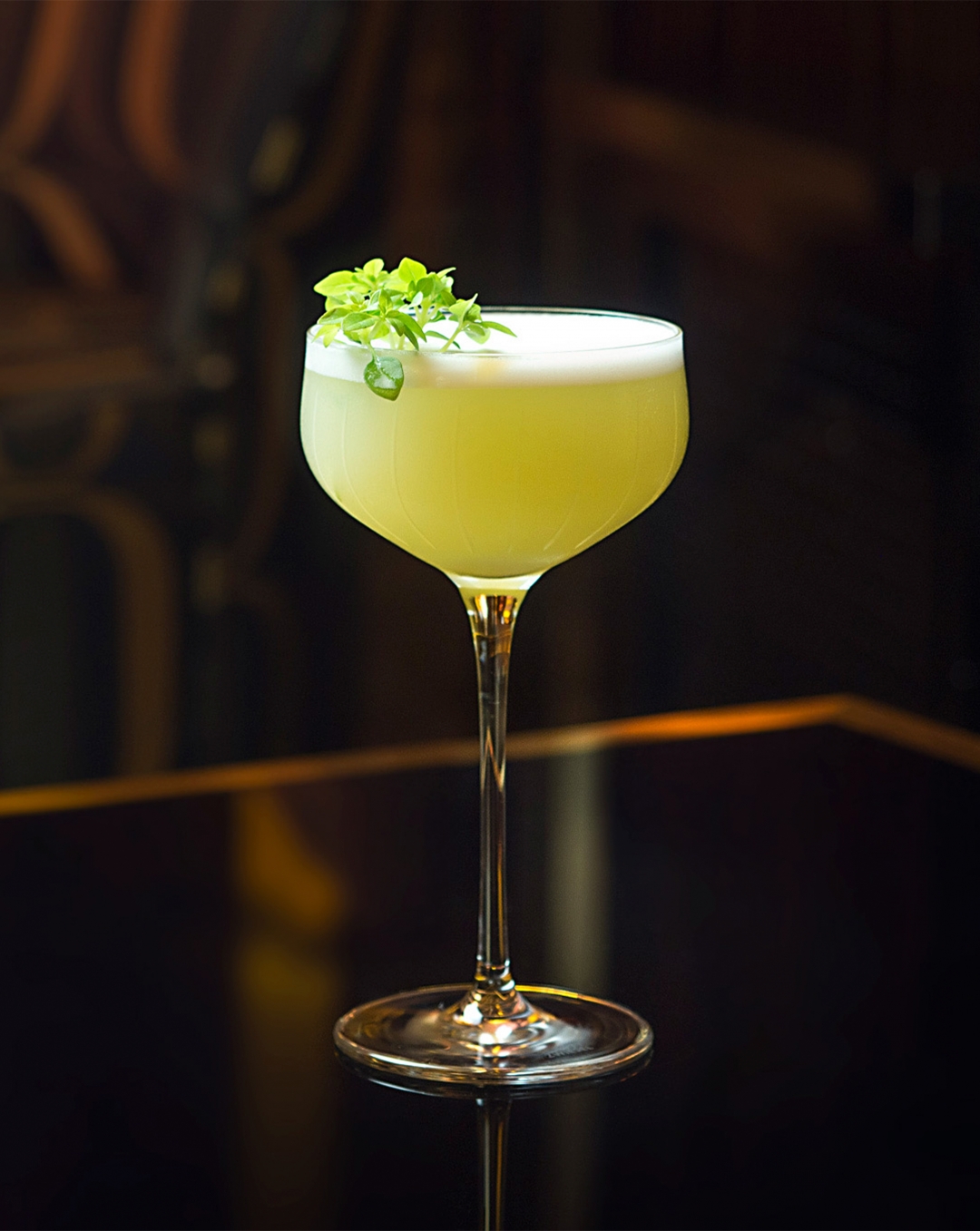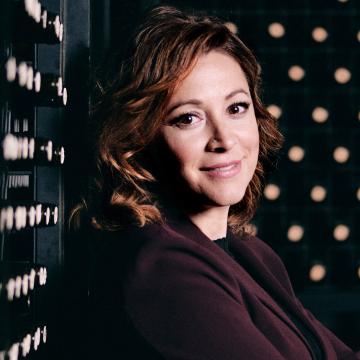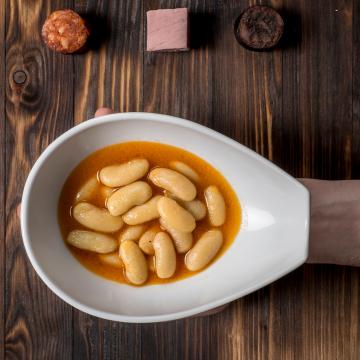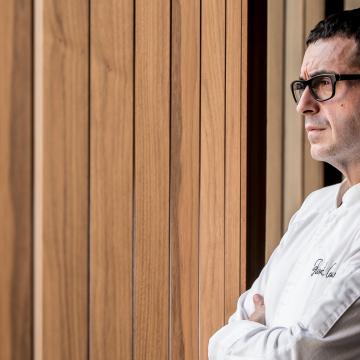Since opening on the 17th of April, Espacio Iberia has welcomed dozens of guests with one thing in common: their infinite talent. Talent that has inspired all the people who have sat there to listen to them.

Work and creativity are the ingredients that are never missing in Adriana Chía’s cocktails. This formula has made her a bartending leader worldwide. Now she’s adding her facet as an entrepreneur and her life as a mother to the mix.
She made a virtue of necessity, and what started as a lifeline to pay for her studies and social life became her passion. Adriana Chía (Barcelona, 1992) let her creative side lead her and, moving away from her studies, she chose the universe she discovered behind the bar, specifically at the bar run by the Adriá brothers. There she learnt that you also drink gastronomy, and she started her training as a bartender. In 2016, she became the first woman to hold the title of best Spanish bartender at the World Class Competition.
First and foremost, are you a mixologist or a bartender?
Technicalities are on the rise lately. I’d rather include it all within bartending. The main difference is that a bartender deals with the customer, while a mixologist experiments and creates laboratory formulas, so to speak.
What sparked your interest in this world?
I was studying graphic design, and, like many young people, I started working behind the bar to pay for my studies and social life. When I finished my degree, I told my mother that I didn’t want to continue and that I wanted to work in a bar. She was shocked because, in her opinion, after studying for seven years I couldn’t just work serving drinks! (laughs). In the end I convinced her that she was wrong. Until then I had worked in normal bars, but when I started at 41 Grados, run by Albert and Ferrán Adriá, I discovered that gastronomy and bartending were a world of infinite possibility, as well as an art. Because I’m a creative person, many people were surprised that I went from design to the hospitality sector, but I’ve never really abandoned my creative side, I simply explore it through cocktails. You have to be creative in any profession to move forward and grow.
“I’ve never abandoned my creative side; I simply explore it through cocktails”
Did working with the Adriá brothers have such a big impact?
Working with Adriá brothers, I saw that Albert and his whole team worked like an army and that their lives depended on it, which opened my eyes and made me passionate about this industry. If I’d spent my whole life sat in front of a computer, I’d have had a fit. I’m sociable, I can’t shut up and I’m a people person. It’s what makes me feel alive. And, honestly, I prefer protocol and working in the dining room than being behind the bar.
You define cocktails as “gastronomy in a glass”. How are your profession and gastronomy connected?
They’re very different worlds, but they’re slowly coming together, also because bartending is increasing in value. Nevertheless, we don’t need to drink cocktails every day, but we do need to eat, that’s why gastronomy has always been more visible than bartending.
Are Gin and tonics, Cuba Libres and classic mixed drinks rivals or part of the same concept?
Mixing gin and tonic or rum and coke is not simply serving a drink. It goes beyond that. Really, gin and tonics and classic mixed drinks are the basis of bartending. Gin and tonics have always been popular, with different tonics and tons of possibilities, flavours and nuances, while whisky or rum drinkers, of which there are also many, have never had as many options as we do now. Classic mixed drinks, beyond the gin and tonic, are also being given new opportunities, although some people don’t dare to try darker versions because they think that they’ll be stronger than lighter versions, when really they have the same alcohol content and the same effects. They perceive dark drinks as much stronger, but really, they’re the same.
Would you say that the wine world has anything to do with bartending?
They’re two separate worlds. It’s within the same field, because wine is still an alcoholic drink, and is also used in cocktails, but it’s not the same. In fact, indirectly, wine is cocktails’ rival. For example, at a restaurant most tables order wine because four people can drink a bottle for 30 euros, while cocktails costs around 10 euros per person. People put a lot of value on price.
Many associate the term “mixology” with luxury and high prices. What would you say to them?
It doesn’t have to be that way. Also, now there are bars for all kinds of audiences and endless establishments with tailored offers. Cocktails can’t be considered expensive because you’re paying for the raw material, service, space, preparation time, etc.
What inspires you when creating a new cocktail?
Everything. Mainly, gastronomy, that’s why I say that bartending is liquid gastronomy. Since I started working in this industry, I use ingredients that I never thought of drinking before. For example, annatto, which is a condiment with vinegar that is used like saffron, to add colour and flavour to food. During a chat with a group of people who didn’t know anything about bartending, I asked them to create a cocktail with the ingredients I had given them. They looked at me blankly and said: “How am I going to make a cocktail with chicken broth or vinegar?”. This is what being creative is all about when coming up with a new cocktail, it’s about changing your mindset and opening your mind.
“Being creative when coming up with a new cocktail is about changing your mindset and opening your mind”
Do you think there’s a lack of women in this field?
I’d get rid of these types of questions because, personally, they annoy me. There are more and more women in our field, but they need to be bolder. In 2016, when I won the World Class Competition, the first question I was always asked was “How do you feel as the first woman to win this competition?”. That question ended up annoying me. I’d have also won as a man, against men, dogs, monkeys... This distinction between men and women is the first barrier we must break.
What’s the level of bartending like in Spain?
People think that London and New York are the centre of this world, but Spain is growing by leaps and bounds and today is one of the top three countries when it comes to bartending.
Which is a must-have ingredient in a cocktail representing Spain?
Sherry, probably, since it’s strongly identified with Spain.
And the best time to drink a cocktail?
Anytime: as an aperitif, after lunch, before and/or after dinner... Anytime is a good time to have a cocktail and there’s one for every occasion.
Can you see yourself always doing this job?
Right now, I’m focused on my most important project, my son, who takes up a lot of my time. I don’t want to miss out on seeing him grow up. Also, my husband and I are immersed in BeSpoke Mixology Art, our consulting agency for bars and restaurants, as well as other international projects. In the future, I see myself working in something related to bartending, but not behind the bar. It’s a very demanding job. I’ve already experienced that, I enjoy it and take every chance I have, but you have to move on, and I’d also like to know how to manage other aspects within the sector. There’s a lot to do beyond that!
